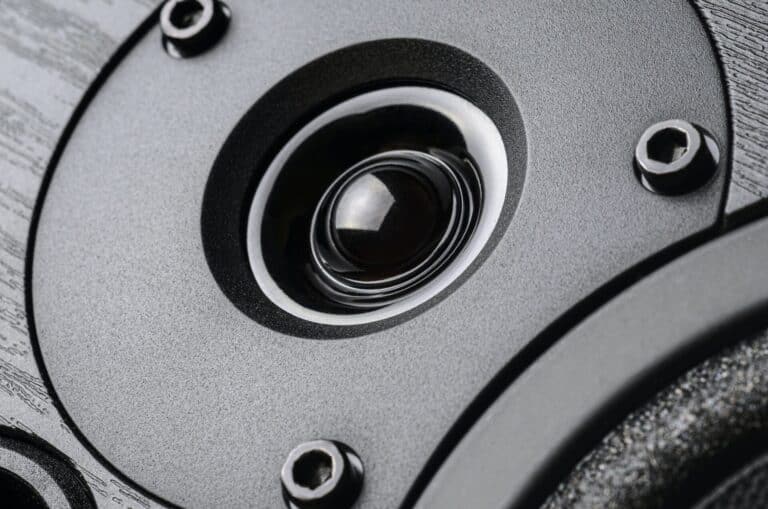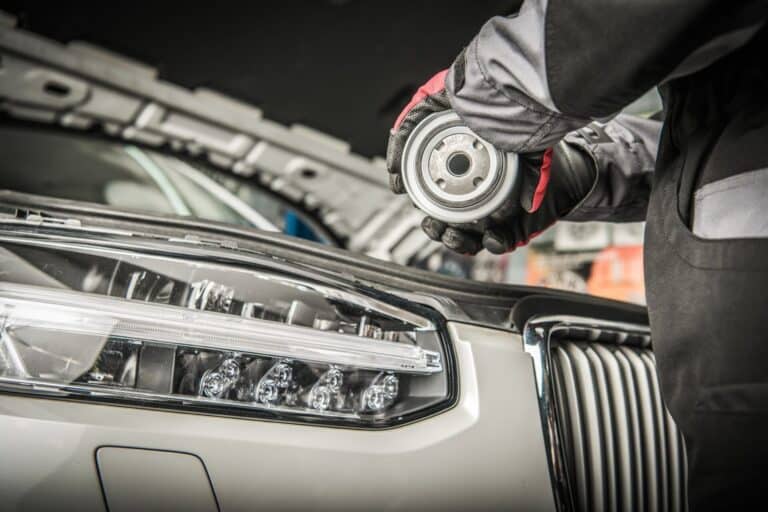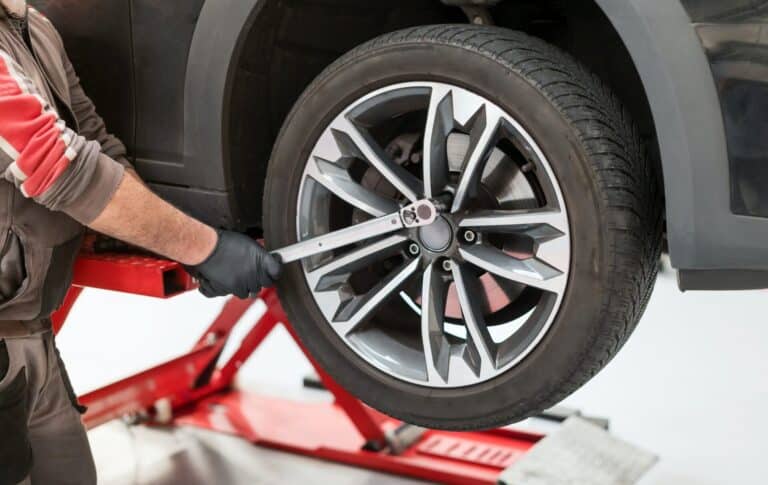Dodge Rear End Identification (Beginners Guide)
To repair, upgrade or change a rear end, the first and most important task is correctly identifying it.
The rear end or differential is an essential part of an automobile; it helps your vehicle balance the rotation of the inner and outer wheels, especially when turning.
So how can you identify your Dodge rear end if you need a replacement?
There are several ways to identify a Dodge’s rear end. The best way to accurately identify a rear-end is by the bottom line of the axle tube stamp or tag number. This information is also available on the vehicle’s build sheet, which you can access using your VIN.
Dodge Truck Rear End Identification
Identifying a rear-end is handy when searching through the junkyard for a replacement or an upcoming project.
However, as stated earlier, the best way to identify your Dodge’s rear end is through the axle tube stamp or tag number.
But dirt, road debris, rust, or grime can wear out the casting number and date on the axle tube or differential cover.
Luckily, you can still identify it by the number of bolts on its housing or shape.
Dodge vehicles use the Dana differentials, introduced after world war I. You can easily identify them by their Bill of Material number (BOM).
The Bill of Material number helps identify the parts, the gear ratio, and the model.
Conventional BOM numbers are six digits, then one or two digits follow, which start with 60 or 61.
The first two digits might not appear on some tags, but they’re still used to identify the axle.
Newer rear ends might have BOMs that start with the first digits of 200, though these are still on the tags.
Dodge Ram Rear End Identification by VIN
Presented in 1987, Dodge rams came around the same year VINs started being assigned.
Vehicle identification numbers help to identify a particular vehicle. Using a vehicle’s VIN, you could also track insurance, registration, and parking tickets.
In addition, a VIN serves as a car’s ‘fingerprint’; no two cars have the same VIN.
You could simply enter your vehicle’s VIN on an automobile website, which will give you all the details about your car, including the type of rear-end your car has.
You can find your VIN in different locations like;
- On the door frame of the driver
- Under the feet of the passenger
- Under the windshield on the driver’s side
- On the support brackets of the radiator; under the headlights
A Dodge Ram decoder deciphers the code. You can find this on lots of auto sites.
Without the decoder, the only thing the VIN tells you is the country where your vehicle is from, the manufacturer, and the automobile type.
Which are the first three numbers?
Let’s take the VIN 1C6RD3CL6GG100989, for example. It tells us the vehicle is produced in America, and it’s truck by Fiat Chrysler Automotive corporation; the R stands for side airbags for all passengers and hydraulic brakes.
The codes differ depending on the features a car comes with.
The VIN is an invaluable tool for identifying your Dodge’s rear end.
You can also find out more using a VIN, like the truck’s seat position, the number of cylinders the engine has, and the kind of fuel it uses.
The VIN given as an example has a 6-cylinder diesel turbo engine and 6.7 liters.
Dodge 12 Bolt Rear End Identification
Many consider the 12-bolt rear end to be the best when it comes to high-performing rear axle assembly.
The 12-bolt rear end reduces the load on the pinion by positioning the pinion gear higher on the ring gear.
Introduced in 1964, the 12-bolt rear end was initially made for use in factory-built performance-rated cars.
However, manufacturers started installing them in both cars and trucks in 1972.
If you’re looking for a 12-bolt rear end, you should note that 12-bolt axle assemblies use different materials for trucks and cars.
If you buy the wrong assembly, it’ll be unfortunate because the parts are not interchangeable.
It’s quite easy to identify a 12-bolt rear end; the rear end’s cover has an irregular shape and has 12 bolts holding it.
The 12 bolts that hold the rear end’s cover isn’t technically how it got its name; the name comes from the 12 bolts holding the ring gear to the differential.
You can find the stamped numbers on the axle tube on the passenger’s side.
These numbers help you identify whether the gear is positraction, where it was produced, and the gear ratio.
On a passenger Dodge vehicle, the 12-bolt rear end is an upside-down V-shaped or oval protrusion that directs oil to the carrier bearings.
How Do I Know What Kind of Rear-End I Have?
If you’ve been searching for the type of rear-end you’ve got, you might have come across many discussions about differentials.
Rear-end is a colloquial word adopted by mechanics; the technical name is a differential.
There are different types of differentials; here is an elaboration to help identify the type you’re using.
#1. Drop Out Member:
When you look under your car, does your differential have a removable front-center section? If yes, then you have the drop-out member type.
In the removable section, you have the ring and the pinion combined. This model is usually on Fords and Toyotas
#2. The Integral Carrier:
An example of this type is GM’s 10 and 12-bolt differential. This type doesn’t come with a removable center section.
Instead, it has a cover at the back where a mechanic can access the ring gear and carrier.
#3. The Ubiquitous Open Differential:
This differential is by far the most common type found in vehicles.
This differential works by splitting engine torque between the driven wheels equally, and you can drive both wheels at different speeds.
The amount of traction your tires have would determine the amount of torque applied.
This difference would reduce torque to the wheel with traction and the one slipping.
#4. Locking Differential:
The locking differential is like the former mentioned, but while it splits power between the two wheels equally, all wheels are driven at the same speed whether they have traction.
Vehicles with this differential are identified by the lock knob in the center of the hob. Examples are RAM 2500 Power Wagons and Jeep Wranglers
#5. Torque Vectoring Differentials:
Found in BMWs, Lexus, and other luxury cars, as well as crossovers.
This type of differential has additional gear trains that accurately manage the torque delivered to each wheel by over-driving the half shafts.
This feature enhances control by slowing or quickening a vehicle’s rotation when it corners at high speeds.
With this explanation, I trust you can now identify the kind of rear-end you have.
There are other methods already outlined as well. If you find one hard, try the other.
Conclusion
Knowing and being able to identify vehicles’ differentials is an important thing to know.
It’ll come in handy when you want to replace them or give them an upgrade. You’d have no problem identifying yours with the methods listed in this article.






